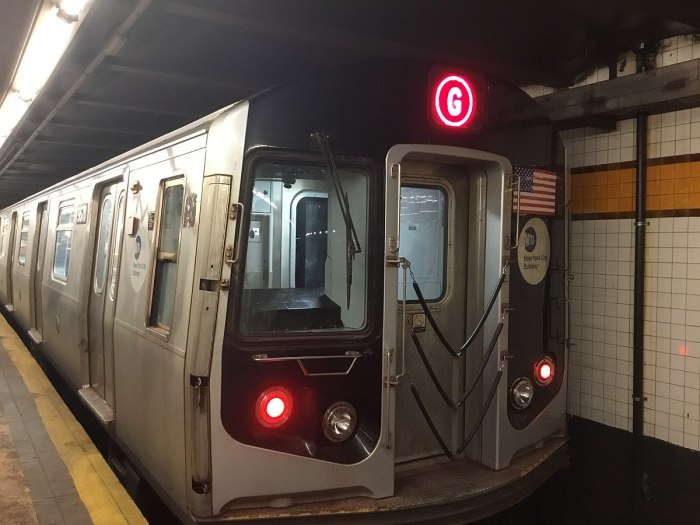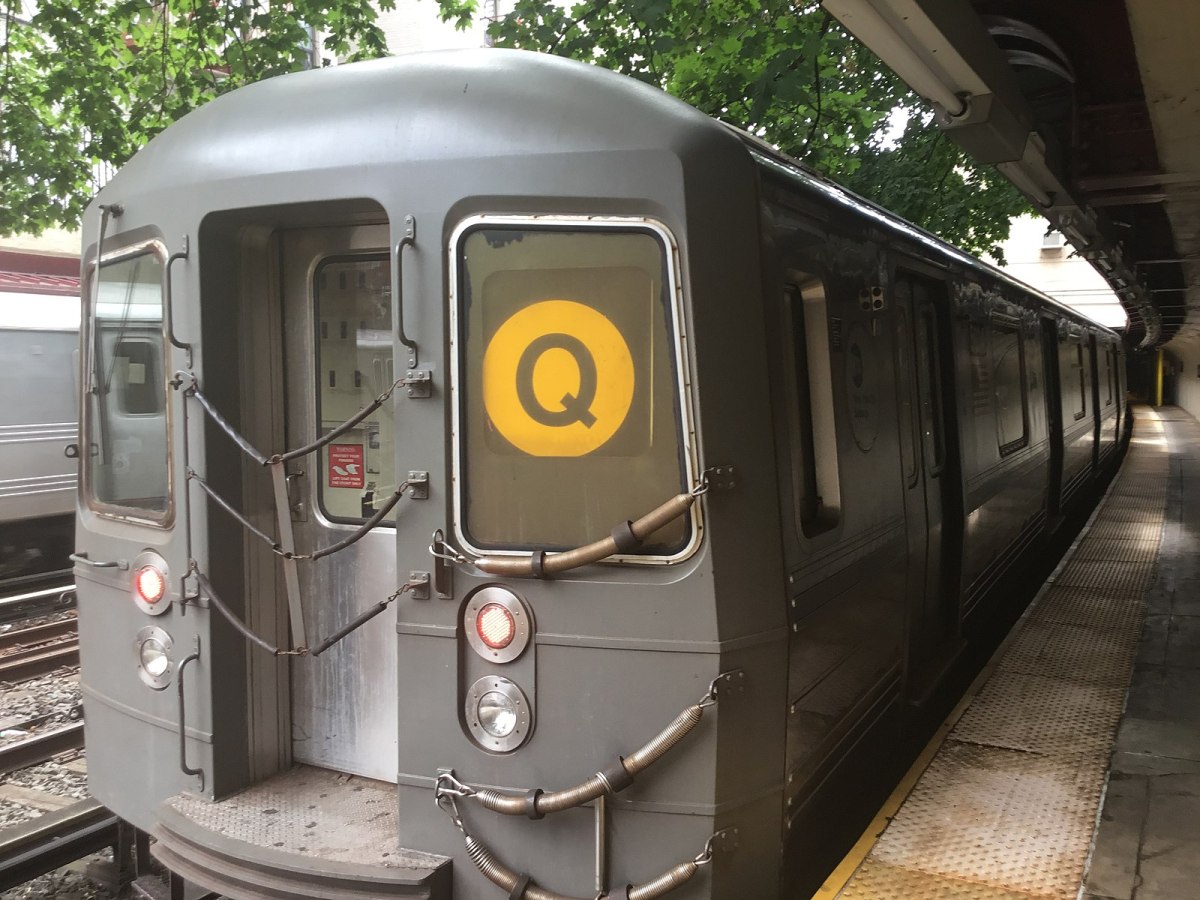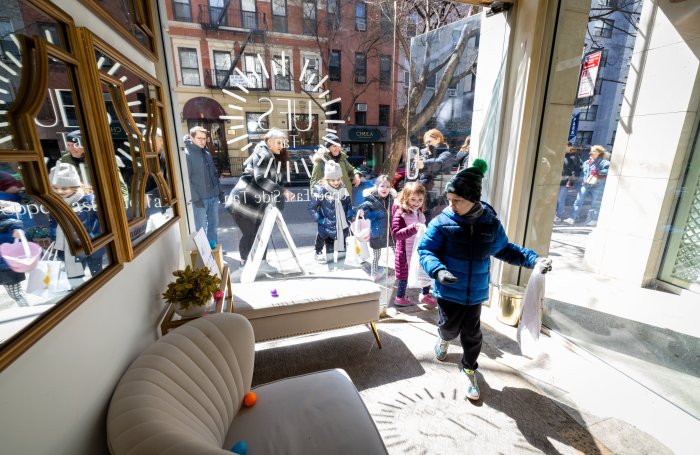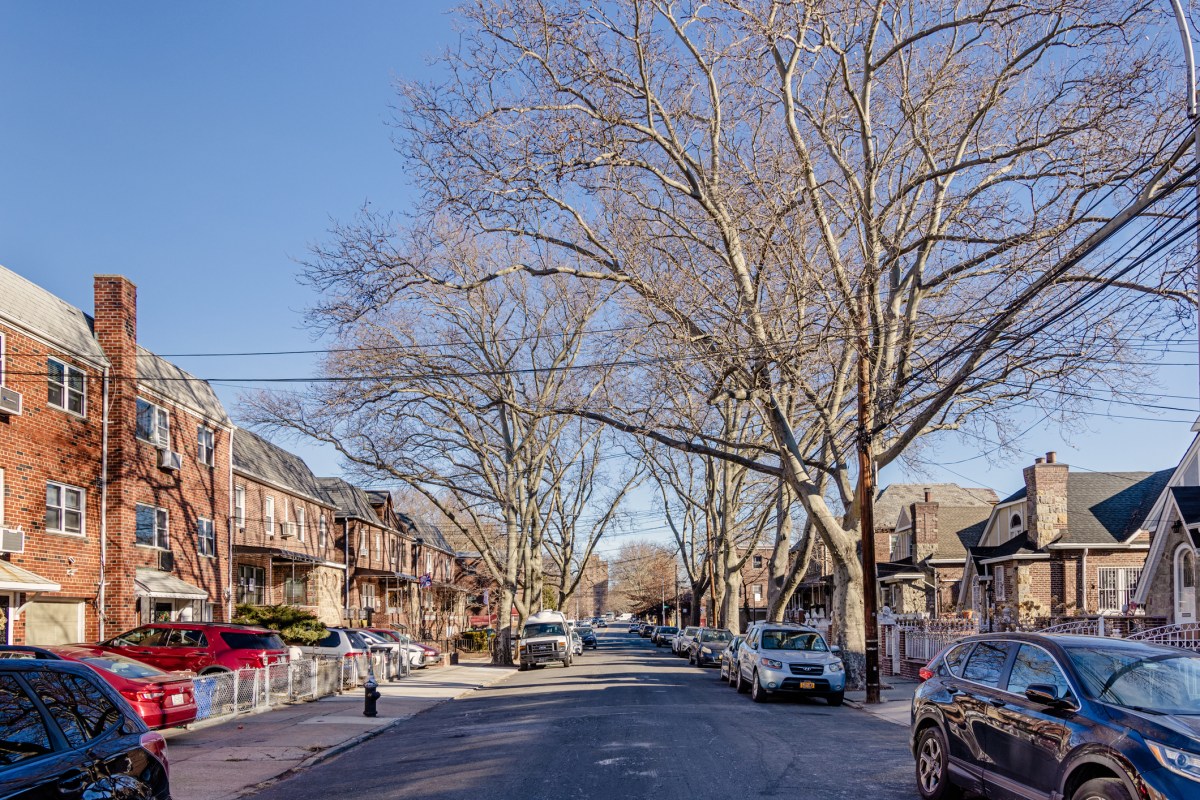Grand Central Terminal is one of America’s busiest transportation facilities and an iconic symbol of New York. But the massive structure holding it all together is over a century old and coming apart at the seams.
The Manhattan terminal serving Metro-North Railroad and, more recently, the Long Island Rail Road was first constructed in 1913. The vast majority of Metro-North trains enter Grand Central on tracks running along Park Avenue in Manhattan, along an elevated viaduct, a tunnel, and a “train shed” under Midtown where trains enter the terminal.
All of those components have largely gone unreplaced for 100 years and are on the verge of failure, the MTA says.
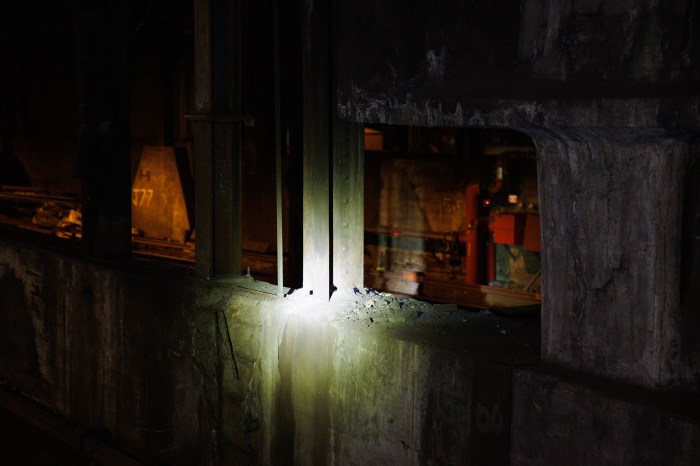
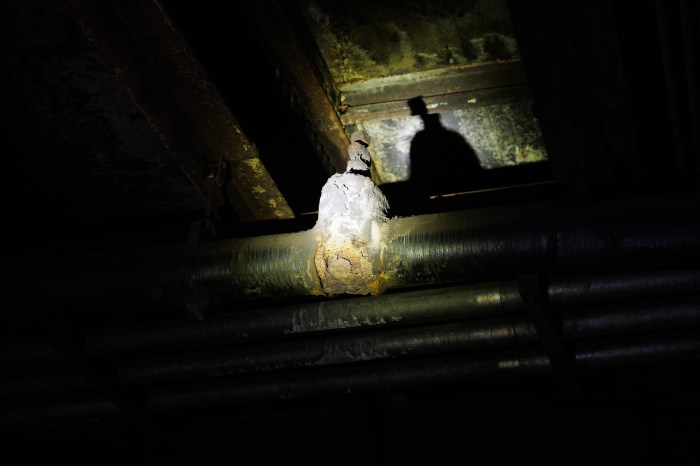
“Park Avenue’s waterproofing has failed over the years, and as a result of that, we get water, salt, chemical inundation that affects all of the structural elements of that that are holding up that train shed,” said Jamie Torres-Springer, head of construction and development at the MTA. “And the worst thing that can happen, if you don’t deal with that, is you have the potential for a collapse.”
98% of Metro-North trains enter Grand Central using the “artery,” as the MTA refers to it, above and below Park Avenue; any failure would be catastrophic in a human and service sense. Work is ongoing on the above-ground Park Avenue viaduct north of 110th Street, where MTA crews are using a massive crane to replace components of the structure first built in 1893, taking two of the four tracks out of service at times on weekends.
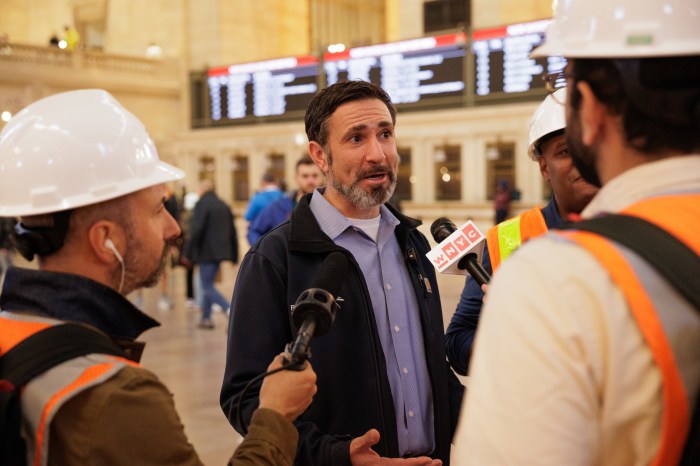
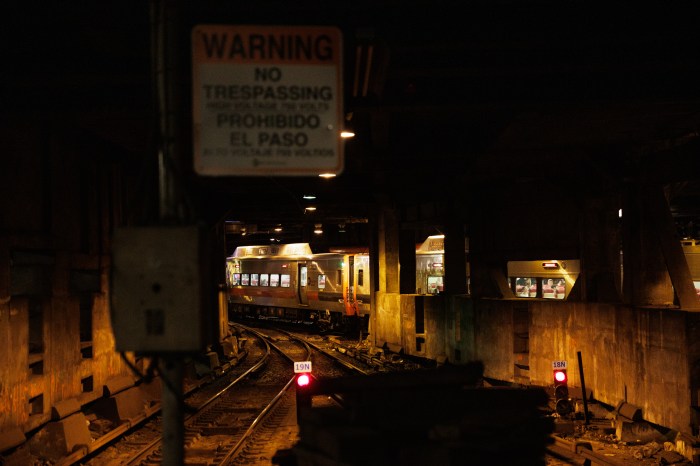
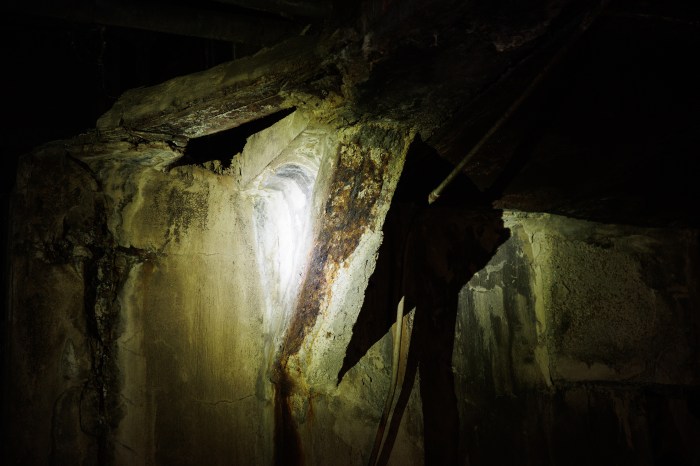
The train shed, meanwhile, is where the four tracks expand to 40 from 57th to 42nd streets. It sits below Park Avenue, which effectively serves as a bridge of sorts holding up auto traffic, roadways, and the skyscrapers of Midtown. That bridge is held up by concrete foundations that are slowly peeling away, steel beams suffused with rust and holes, and utility mains corroding to dust, the result of 100 years of infiltration by water and salt.
“Think about it: it’s 100+ years old, it’s lasted the test of time,” said Bob Laga, vice president of infrastructure at Metro-North, during a recent tour of the shed. “It’s time to upgrade to the latest technology.”
The girders and beams holding up Park Avenue over the shed are mainly original 1913 works of engineering. They were state-of-the-art back then, when traffic was mostly horse-drawn and buildings rarely rose above 10 stories. Now, the weight of 75,000-pound trucks and 1,000-foot towers atop the shed is leaving the supporting structure compromised.
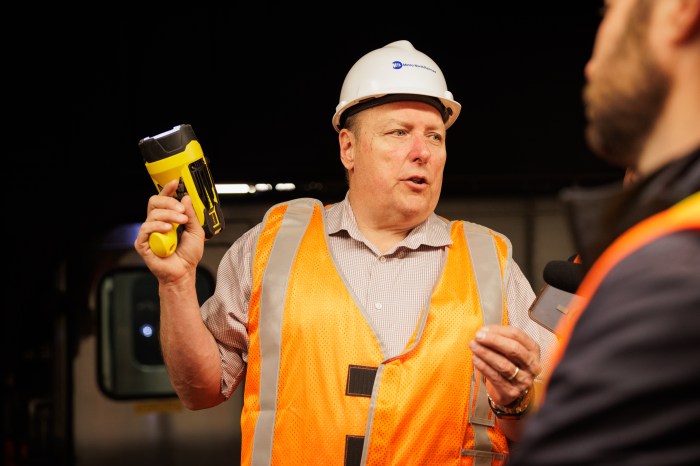
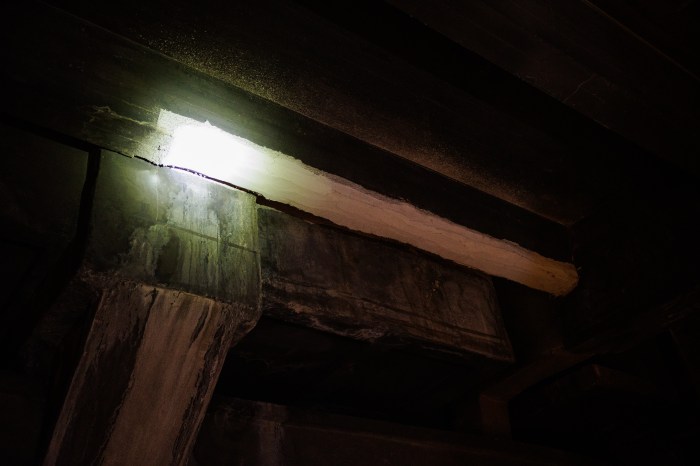
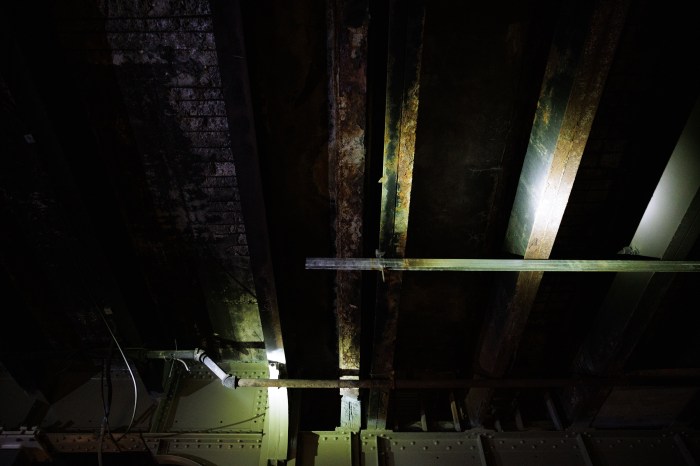
Over the years, the MTA has undertaken “priority repairs” in key sections at imminent risk of failure. But most of the shed has effectively not been touched in more than a century, and it shows.
A small section of the shed is being repaired under a partnership with JPMorgan Chase, which is partially funding work underneath its new headquarters on 270 Park Avenue, a 1,400-foot skyscraper between 47th and 48th streets expected to open next year. For the next five years, the MTA is seeking $1.7 billion to open up Park Avenue, shoring up and waterproofing large portions of the shed with the intention of keeping them in working order for another century.
“We would never let a situation like the collapse happen. Obviously, we can’t do that,” said Torres-Springer. “We’ve worked very closely with the city and all of our engineers to make sure we stabilize the facility. But, you know, it gets harder and harder to get that done as the years go by, so we have to make a significant investment.”
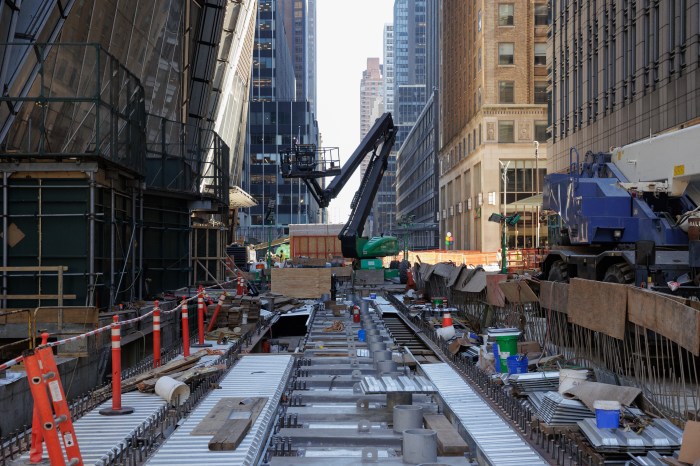
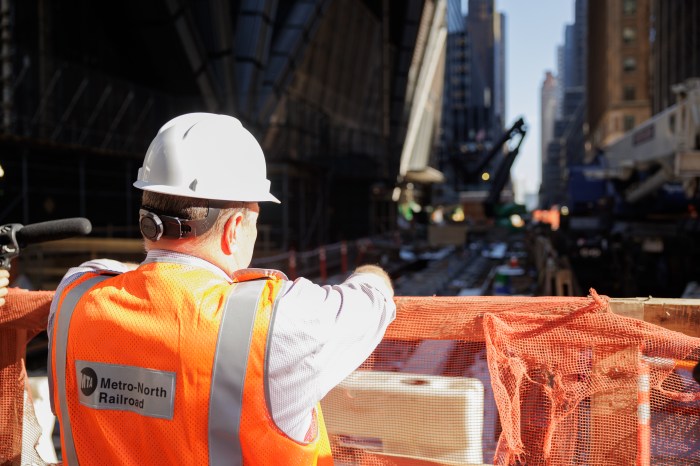
Whether the MTA can make such a significant investment will depend largely on politics. The agency’s five-year, $68 billion capital plan is only half-funded, and Gov. Kathy Hochul has suggested it might be shrunk. The MTA contends the priorities in the capital plan are “state-of-good-repair” rather than flashy expansions, but together with the pause on congestion pricing, the MTA is short about $48 billion on funds it says are needed to keep mass transit in working order.
Furthermore, the incoming second Trump administration could further complicate the MTA’s capital spending, as the former president has promised to permanently “terminate” congestion pricing and, more broadly, exact revenge on his political enemies — potentially including withholding federal funds from democratic states.
Should the MTA not get all the money it is asking for, agency officials still say the train shed is high up on the priority list.
“We find more and more deficiencies every year,” said Torres-Springer. “And we have to make the investment to make sure that this can last another 100 years.”





